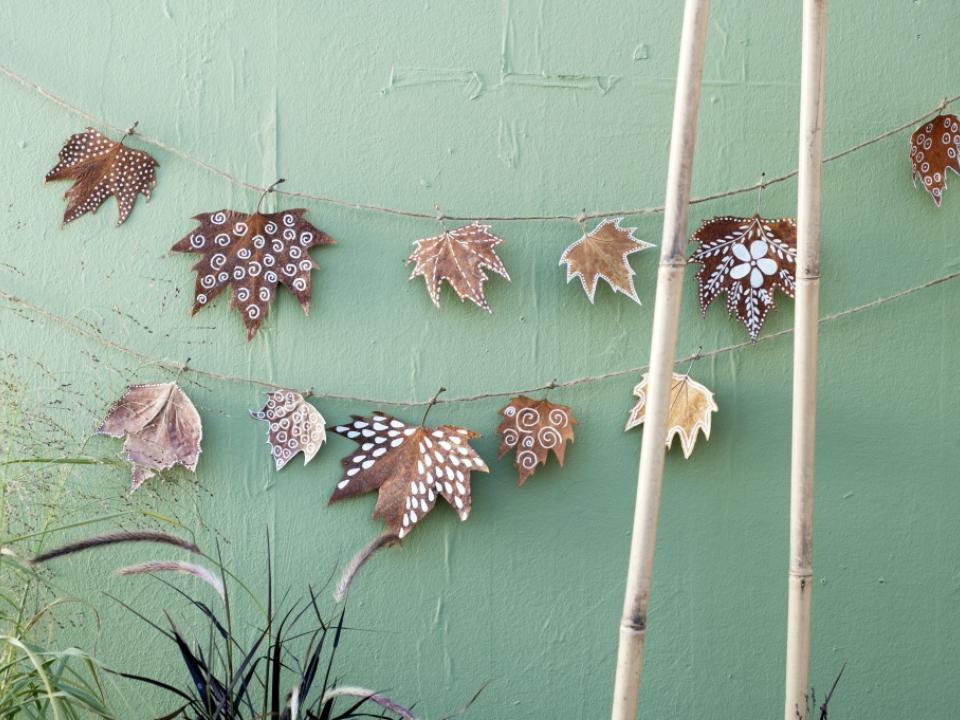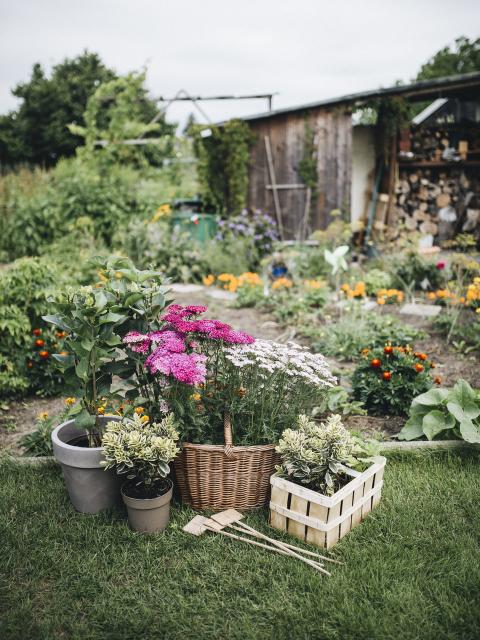Preparation for winter
Head out into your garden and watch how Mother Nature prepares for autumn. Trees go into hibernation and live off the food they’ve stored up over the summer. Birds seek out a warm spot to spend the winter, and the leaves change colour and flutter down onto your patio in the autumn sunshine.
Coloured autumn leaves
Leaves change colour like this: in spring and autumn the chlorophyll in leaves absorbs sunlight. Using that sunlight, they produce oxygen and their own nutrients from carbon dioxide. This process is called photosynthesis. Chlorophyll has another important job: it colours the leaves green. Because there’s less sunlight in autumn, the chlorophyll breaks down and is partly transported to the tree’s roots. This allows room for the yellow (xanthophyll) and orange (carotene) pigments in the leaf, as a result of which - tadaaa! - the leaves change colour.
The benefits of falling leaves
As well as leaves changing colour, there are also the falling specimens that are dried out because tree roots absorb less water from the soil in autumn. You can sweep the leaves off your garden path to avoid slips and falls, but don’t remove them completely. Autumn leaves in your borders ensure that important nutrients are returned to the soil and worms can make perfect fertiliser from them. The leaves also provide shelter for animals such as hedgehogs and insects, and a warm blanket for perennials. Read more about your garden as shelter here. Of course you can bring a few attractive leaves indoors to make an autumn chain.














